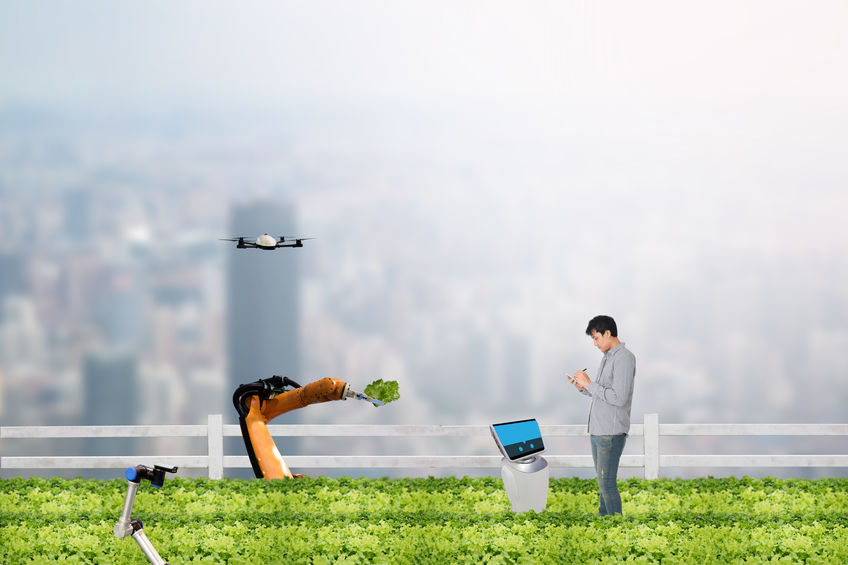Could a city warehouse building be converted into a farm? While the idea may seem a bit strange, growing numbers of investors are looking to put their dollars into so-called “vertical farms.”
Vertical farms are giant urban buildings where crops are stacked in trays on top of each other, in order to better get fresh produce into major metropolitan cities.
As reported in the Economist:
“Vertical farming of this sort is not, of itself, a new idea. The term goes back to 1915, though it took a century for the first commercial vertical farms to be built. But the business is now taking off. SoftBank, a Japanese firm, Google’s former boss Eric Schmidt and Amazon’s founder Jeff Bezos have between them ploughed more than $200m into Plenty, a vertical-farming company based in San Francisco. And in June Ocado, a British online grocery, splashed out £17m ($21.3m) on vertical-farming businesses to grow fresh produce within its automated distribution depots.”
Vertical farms have some logistical advantages over those in the country. First of all, they are closer to many large grocery stores, which saves on shipping.
These facilities also have more tightly controlled environments, meaning that threats from traditional villains like droughts and ravenous pests are minimized. Water use can also be better maximized and recycled, giving it some environmental advantages as well.
It is unlikely, however, that vertical farming will in any way replace conventional farms. The reason is electricity cost — which can be significant – in keeping things like LED lighting running smoothly.
Certain crops such as wheat are also wholly impractical too, as a loaf of bread can cost a staggering $23 a loaf if grown in an urban warehouse. More likely vertical farms will be only profitable, in the near term anyway, for food stuffs like high value salad mixes and herbs, and maybe some exotic vegetables that are difficult to import.
In the meantime, some promising new technological developments are taking place with urban farming. The most notable centers on enhanced lighting, where new techniques have been developed to more precisely shine different colors of light — from red, to green, to blue and infrared — at different stages of a plant’s development to maximize its growth.
One company even claims that by using this sort of lighting it has also been able to develop a way to minimize its electricity costs, to the point that it is now growing 15-25 tons of fruits and vegetables at a comparable price to what a greenhouse might do.
Will these new techniques ultimately serve to make vertical farming cost competitive? Tough to tell. But in any case, it’s safe to say, there are some big things happening down — make that “downtown” — on the farm.
For more information, read the full article in the Economist.
